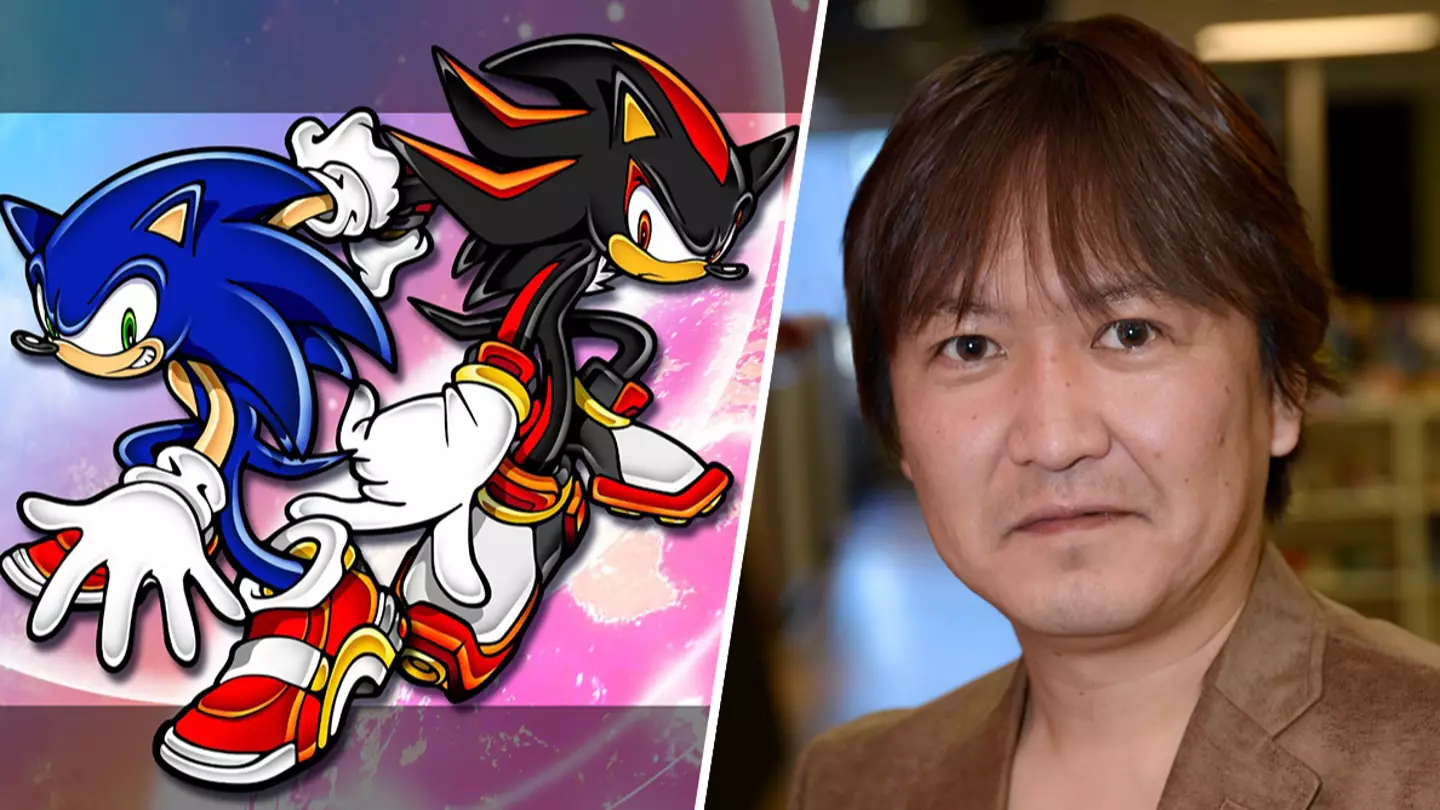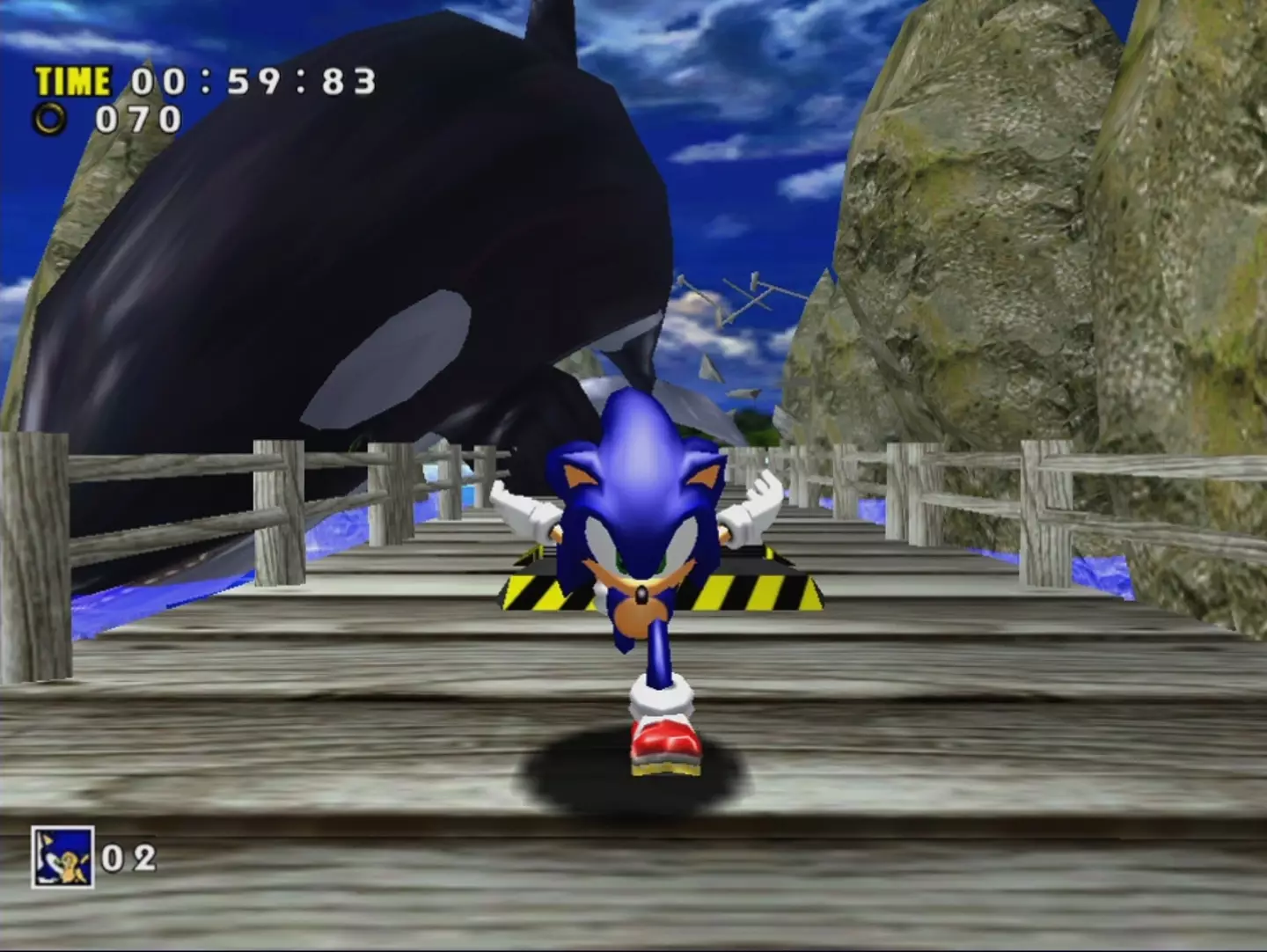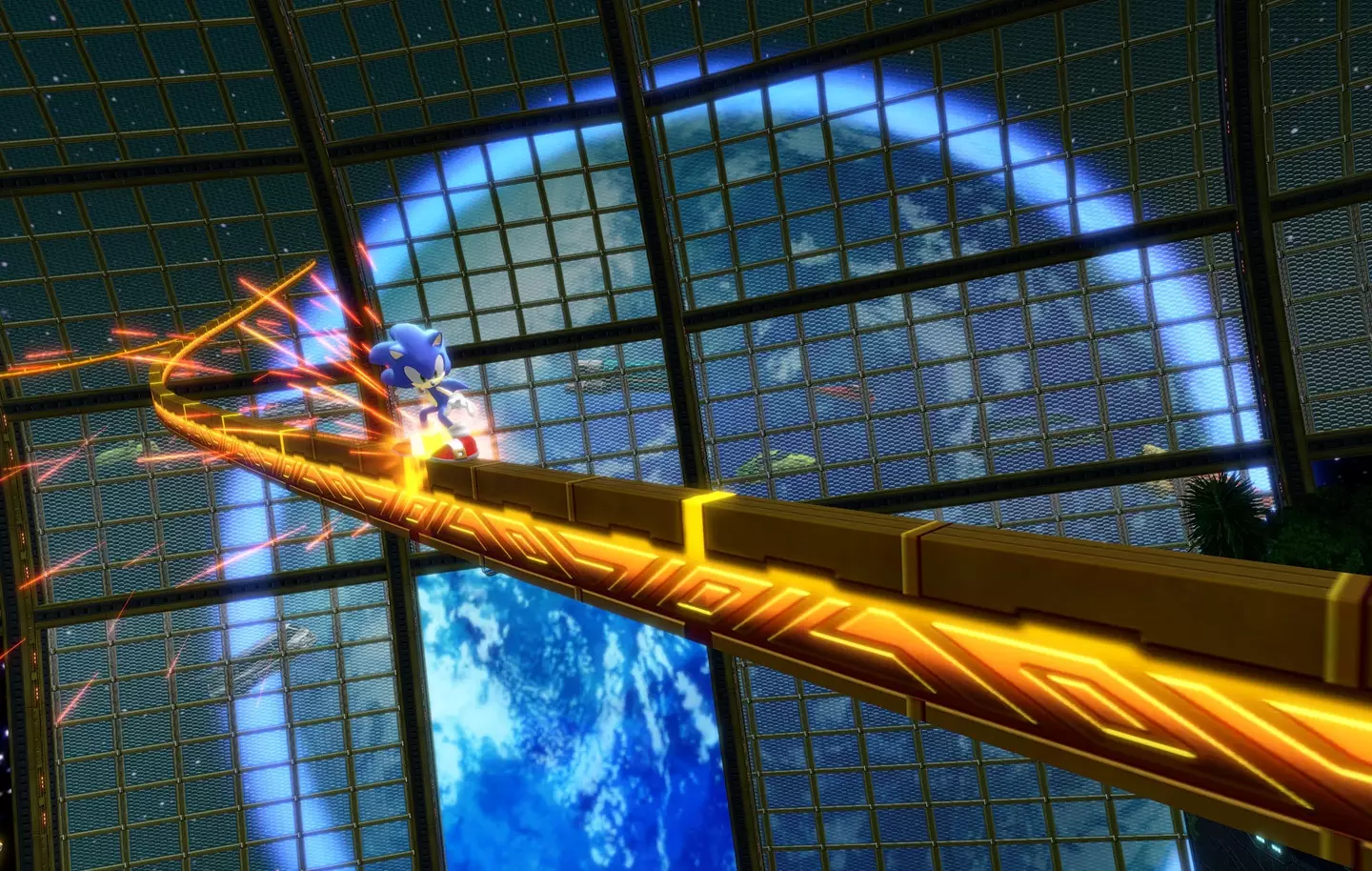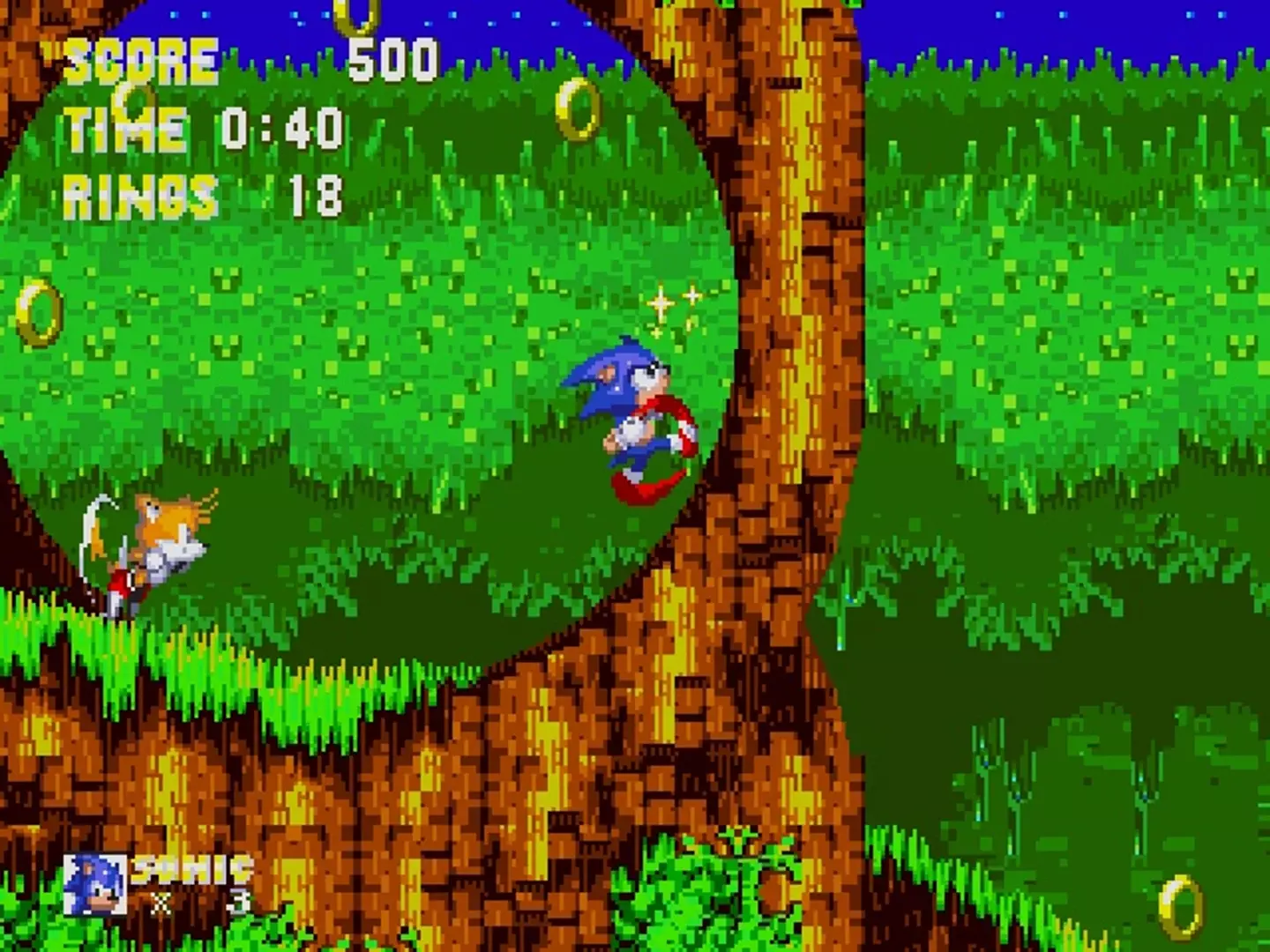
SEGA’s Sonic The Hedgehog series officially celebrated its 30th anniversary in the summer of 2021. The company mascot’s debut game, Sonic The Hedgehog, released on June 21 1991, and reinvigorated the fortunes of the Japanese gaming giant, which was losing ground at the time to Nintendo’s successful NES console and its own platforming icon, Mario. Sonic went some way to levelling the playing field in the 16-bit era, with the SEGA Mega Drive achieving worldwide sales of between 42 and 47 million (against 49 million for the Super Nintendo), bolstered by sales of 15 million for the first Sonic game.
Takashi Iizuka’s career with SEGA began not with Sonic, but with the poorly received Golden Axe III in 1993. His next role, however, was as a designer on 1994’s excellent Sonic The Hedgehog 3 - and since then, the man and the mascot’s fates have been somewhat intertwined. He would direct Sonic R on the SEGA Saturn, and then 1998’s Sonic Adventure for the Dreamcast, SEGA’s final console (discounting modern mini systems), as well as its 2001 sequel.
In the 21st century, barely a Sonic project has rolled out without some involvement from Iizuka-san, from Sonic Heroes (2003, director) to Sonic Forces (2017, producer). Head of SEGA’s Sonic Team since 2008, Iizuka-san’s most recent role in a Sonic franchise entry was as producer on 2021’s Sonic Colors: Ultimate, a remaster of the previously Wii-exclusive 3D platformer of 2010 (read our review, here). We spoke to him about all things Sonic, to (belatedly) mark the blue blur’s 30th birthday. Anyone for cake?
Advert
Watch SEGA’s official 30th anniversary trailer for Sonic, below...
Advert
GAMINGbible: Your professional relationship with Sonic started with the third mainline Mega Drive game, Sonic the Hedgehog 3. But up to that point, what were your feelings on the character, and the games? Did you like the idea of Sonic as a SEGA mascot initially?
Takashi Iizuka: The two games released before I joined the project for Sonic 3 were wonderful titles, of course. I felt honoured to be able to participate in development for Sonic at the time. SEGA had a cool image with its blue colouring even back then (see: those sweet Out Run and Daytona skies), so I thought Sonic was a character who was worthy of representing SEGA. I’m proud to be able to be a part of Sonic development now as well.
GB: After Sonic 3 came Sonic & Knuckles - which of course could connect to the previous game, and Sonic 2. What exactly was the thinking behind that style of release, using that lock-on technology?
TI: Those of us in the development team started the Sonic 3 project with the goal of creating an epic title that would surpass the previous games. We changed the graphics for each act, created more stages than the previous titles, and that resulted in a huge amount of data and development time for that era. So, we had no choice but to release half of the game. The lock-on cartridge was born from our desire to deliver the “complete Sonic 3” that we had originally envisioned. I realised just how amazing SEGA was when it became a reality.
Advert

GB: Sonic Adventure on the Dreamcast and its sequel are still held up as among the very best 3D Sonic games. Nostalgia obviously plays a small part in that for players - but looking back at the game today, do you feel it has strengths that transcend the technology it was made with and the hardware it released for? Qualities that still make it enjoyable today?
Advert
TI: Sonic Adventure became a big milestone that took Sonic games from 2D platform action and evolved them into 3D action. The technology and ideas from that game are still being passed on now, 23 years later. But while it was an innovative game at the time, the fact that it was our first 3D game meant there was a lot of trial and error and parts that lacked polish.
We asked ourselves: how do we make Sonic run in a 3D space with the same feeling of exhilaration as 2D Sonic? That was our biggest challenge. We could make 3D stages and a Sonic you could control in 3D, but it was difficult to make a game that felt like Sonic. So, we came up with a camera system where the camera would automatically show the destination and move to an angle that fit the terrain. That enabled high-speed 3D action that felt like Sonic. The development was going right up until the original Sonic Adventure was released - it was tough, and there wasn’t any part of the development process that was easy.
GB: Before you developed Sonic Adventure, you were the lead designer on 1996’s NiGHTS Into Dreams, which was Sonic Team’s big game for the Saturn. You’ve told me before that you’d love to do another NiGHTs game. Is that still the case?
TI: NiGHTS is one of my favourite characters, and I still think it would be great if I could make a new game at some point. But right now I’m focused on helping Sonic grow.
Advert
GB: Sonic R aside, there wasn’t much in the way of fresh Sonic action for Saturn players. Do you have any regrets about that?
TI: We weren’t able to deliver enough Sonic games for the Saturn, partly because we were developing NiGHTS. But that regret led us to focus all of our energy into developing Sonic Adventure for the Dreamcast.

GB: We’ve just had Sonic Colors reappear in its new Ultimate guide. Naturally a 10th anniversary, roughly speaking, is a good time to revisit any game, and the release of the Sonic movie in 2020 will have brought more young fans to the series. But was there something else about this title in particular that made you want to remaster it for 2021?
TI: The biggest reason for remastering Colors was that we wanted to provide a representative Sonic game to people who got to know Sonic for the first time through the movie, and other media. And personally, I still want more people to play Sonic Colors, but it was a Wii exclusive and it’s not playable on current-gen hardware. So I wanted to solve that. The idea of using Wisps for action lives on in Sonic Forces and Team Sonic Racing, so I wanted people to experience how that started.
---
“We don’t have any specific plans, but if we get the chance, I’d like to bring back another old (Sonic) title that can’t be played anymore.” - Takashi Iizuka
---
GB: Generally speaking, what’s your opinion on remakes and remasters? Because as a series, Sonic doesn’t have many remakes and remasters. Are further remakes or remasters something the team is considering off the back of Colors?
TI: You’re right, we haven’t done many remakes or remasters for Sonic titles. That’s because we always want to use our limited development resources to develop games with new concepts. But this time, for Sonic Colors: Ultimate we were able to produce a remaster through cooperation with an external studio, Blind Squirrel Games. We don’t have any specific plans, but if we get the chance, I’d like to bring back another old title that can’t be played anymore.
GB: Colors felt like an important game to the Sonic series at the time - as some of the other 3D games before it weren’t so widely liked by players or critics, which I know you’ve previously acknowledged. Do you see Colors as something of a turning point for ‘modern’ Sonic? Do you think Colors, and Generations in 2011, were important in introducing Sonic to new audiences, and reconnecting the series to older fans?
TI: That’s exactly right. At the time we didn’t have a system in place to oversee the production of multiple Sonic titles, but in 2009 I kicked off Sonic Colors and Sonic Generations as the supervising producer. Starting with these two titles, we worked on improving the strengths of past Sonic titles and getting rid of the weaknesses with the idea of creating a new standard for Sonic games. That’s one of the reasons we chose Sonic Colors to remaster.

GB: Sonic Colors: Ultimate was developed during a period of pandemic-enforced lockdowns. How did the ongoing COVID-19 crisis impact this project?
TI: I think many corporations and game companies - not just us - suffered because of COVID-19, and had to change their plans and systems. It can be difficult for game developers to work from home because they use specialised equipment, but SEGA was able to make those adjustments quickly, and I think we were able to minimise the effects. I was working separately from the team in Japan anyway, so there wasn’t any inconvenience in that regard.
GB: Final question… And it’s a hard one but a fun one. You’ll have seen the classic meme format for keeping one thing, and the others go - usually a list of four things. So, keeping things strictly old-school Sonic the Hedgehog, strictly 16-bit, you can only keep one of the following games, and the other three are no longer preserved and cannot be played ever again: Sonic the Hedgehog, Sonic the Hedgehog 2, Sonic CD (with the Japanese OST, of course), or Sonic the Hedgehog 3… Which one are you saving from oblivion?
TI: That’s a difficult choice... Can I count Sonic 3 & Knuckles as one thing? I’d like to keep Sonic 3 & Knuckles since I worked on it and feel attached to it, but if I can only pick one it would be Sonic 2. It’s my favourite classic title in all aspects - graphics, gameplay, and music. But with Sonic Origins that we’re developing now (the compilation is due in 2022), all four titles are included, so you don’t have to pick!
Thanks to Takashi Iizuka for speaking to us again (guess we didn’t leave a bad impression the last time). Sonic Colors: Ultimate is out now for PC, PlayStation 4, Xbox One and Nintendo Switch. Sonic Origins releases in 2022.
